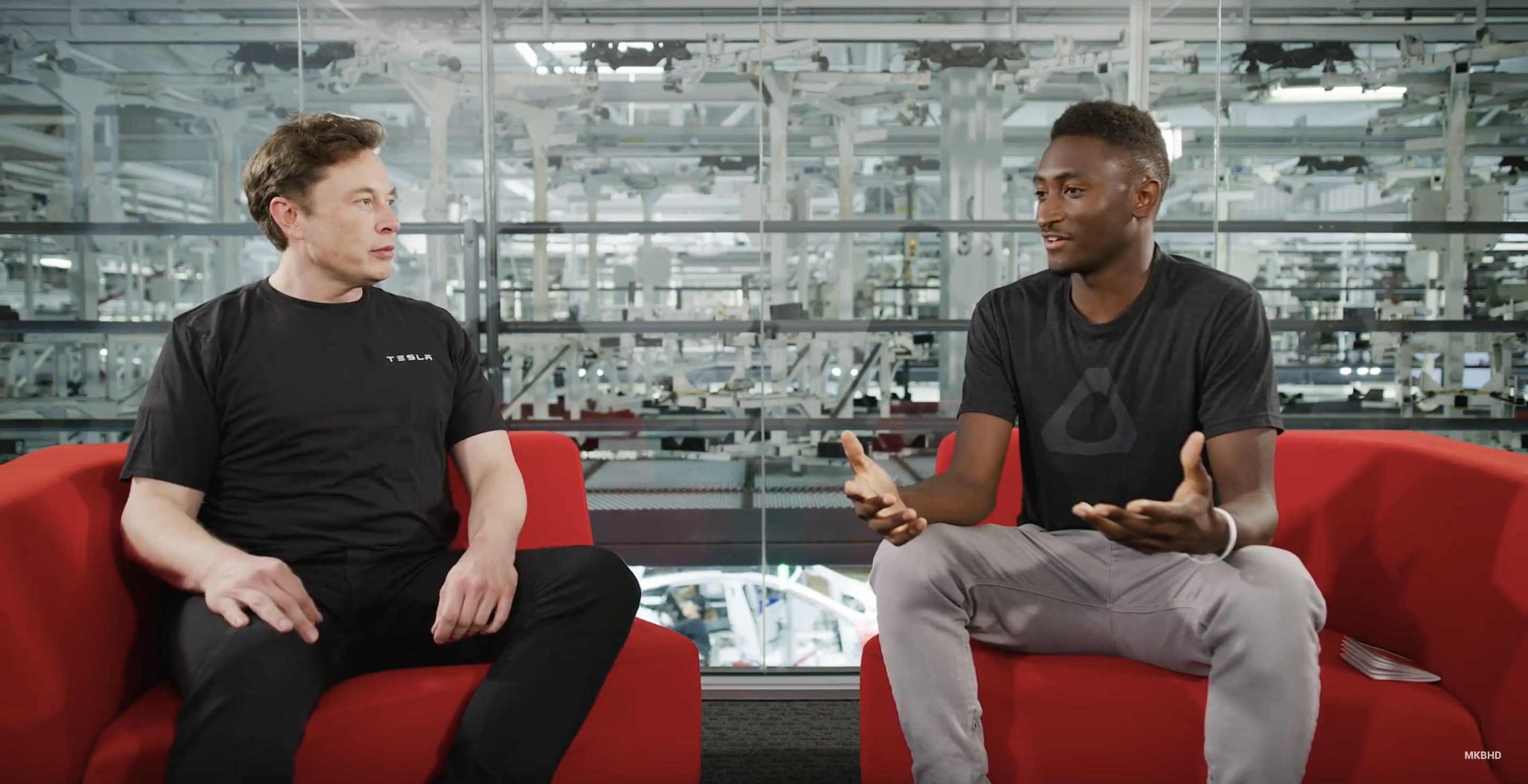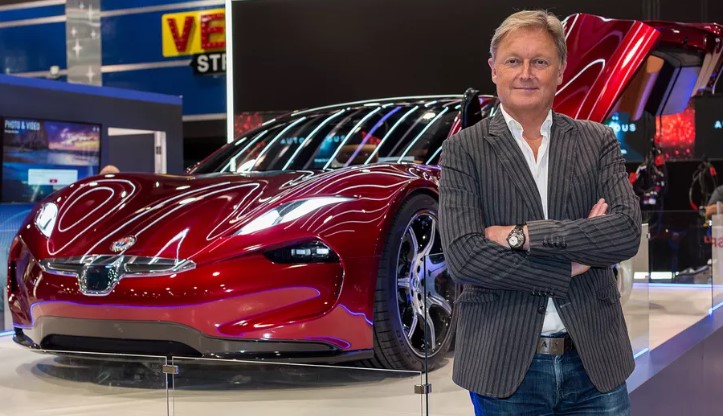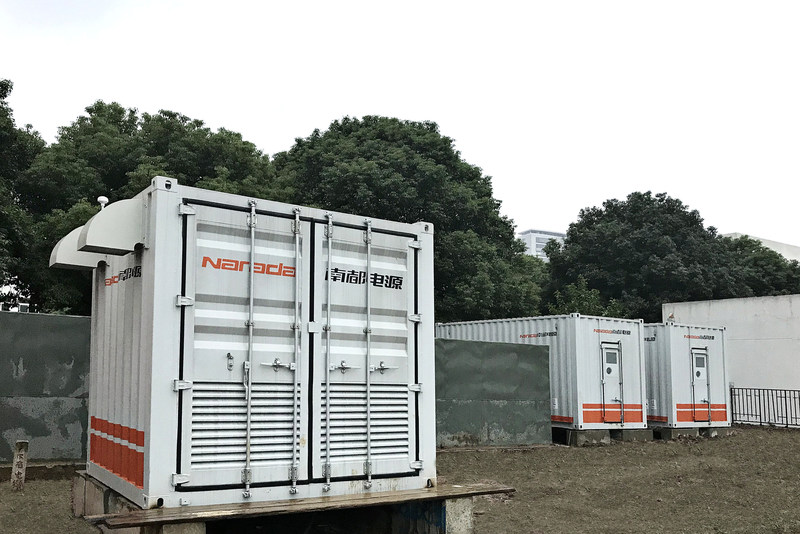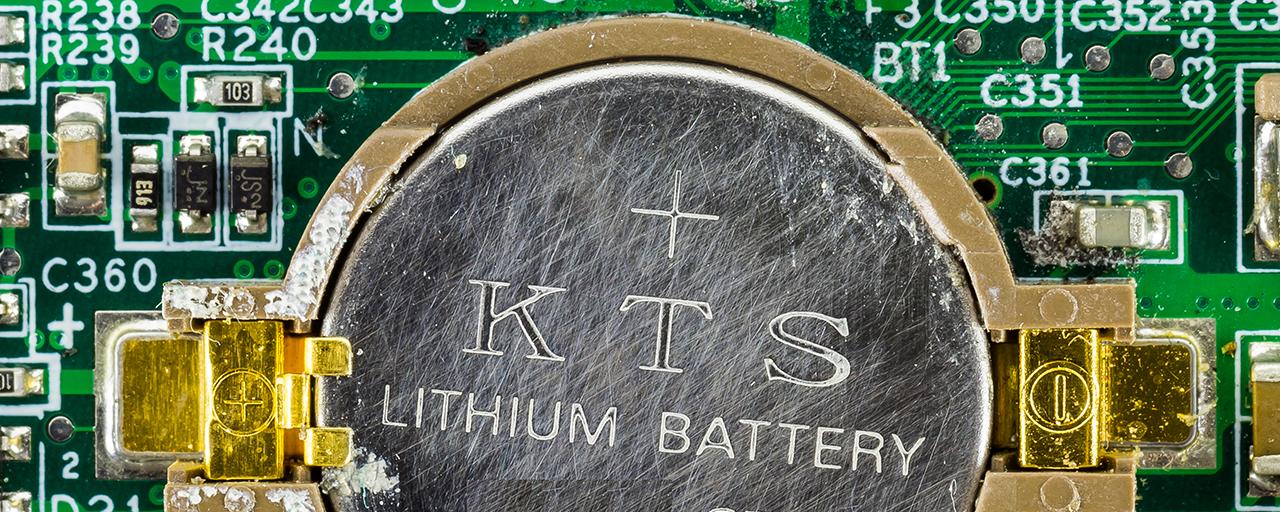
Tesla’s Model 3 is the long-promised mass-market affordable long-range electric car that Elon Musk has been talking about ever since he put together his ‘secret master plan’ back in 2016.
But he has recently been talking about Tesla going further down market in the future with a smaller and even more affordable car.
Now he says that Tesla could make a $25,000 electric car in ‘about 3 years’.
The CEO gave an interview (embedded below) to Youtuber Marques Brownlee.
When asked about Tesla bringing to market an even more affordable vehicle than the Model 3, Musk said:
“To get ultimately to something like a $25,000 car, that’s something we could do, but that’s probably 3 years away if we work really hard.”
Musk has talked about such a car in the past, but he hasn’t really put a price point nor timeline on it.
He mentioned Tesla potentially working on a “compact” vehicle, which other luxury automakers have in their lineup, like a BMW Series 1 or a Mercedes GLA for the compact size in a SUV form factor, but those vehicles still have somewhat of a “luxury” price point.
Now Musk is talking about Tesla going more down market with a significantly cheaper vehicle.
While it definitely sounds like it is in Tesla’s plans, the CEO made it clear that it is not a priority as they have Model Y, Tesla Pickup, Tesla Semi, and the next-generation Roadster to deliver over the next few years.
But those vehicles program should go to production somewhat faster as Musk said that they plan to bring to market more than one vehicle at a time for the first time.






